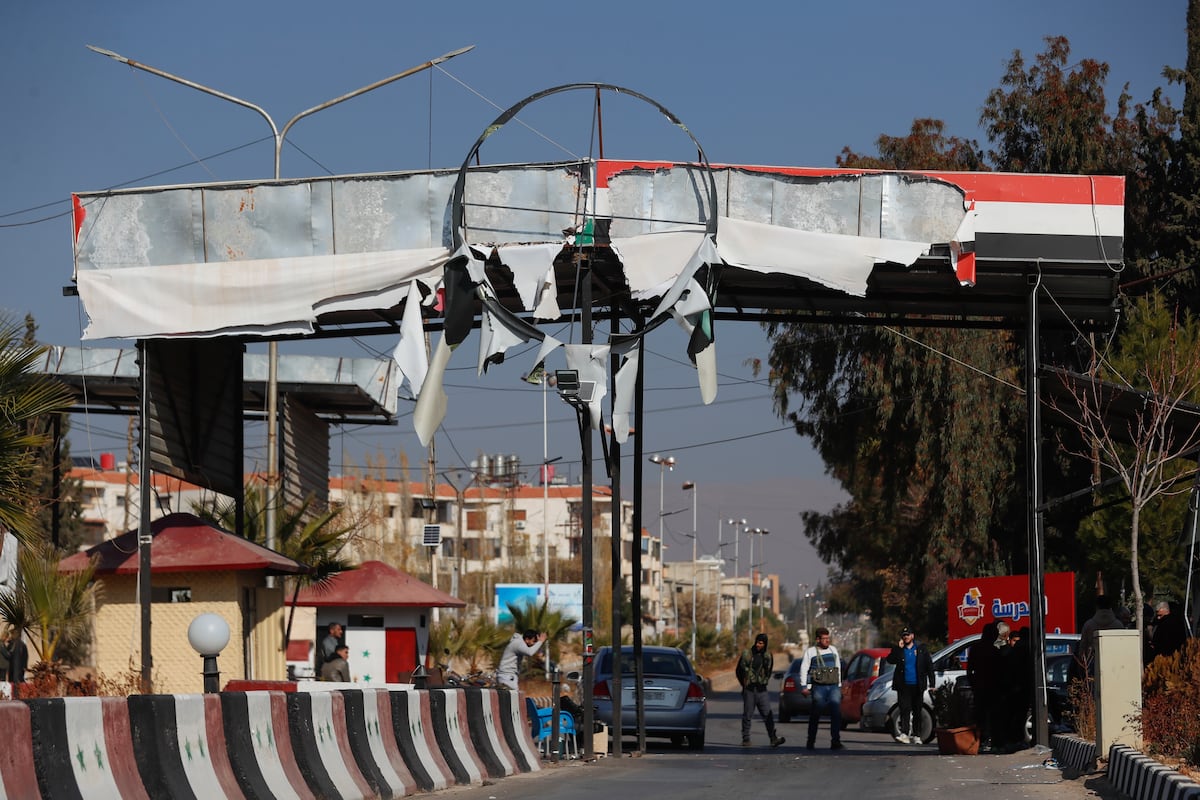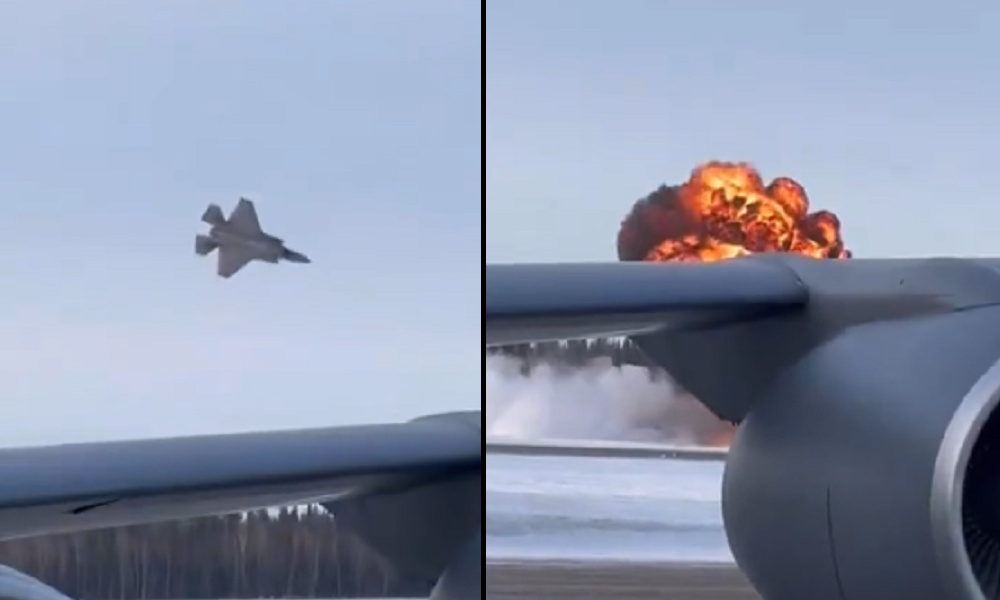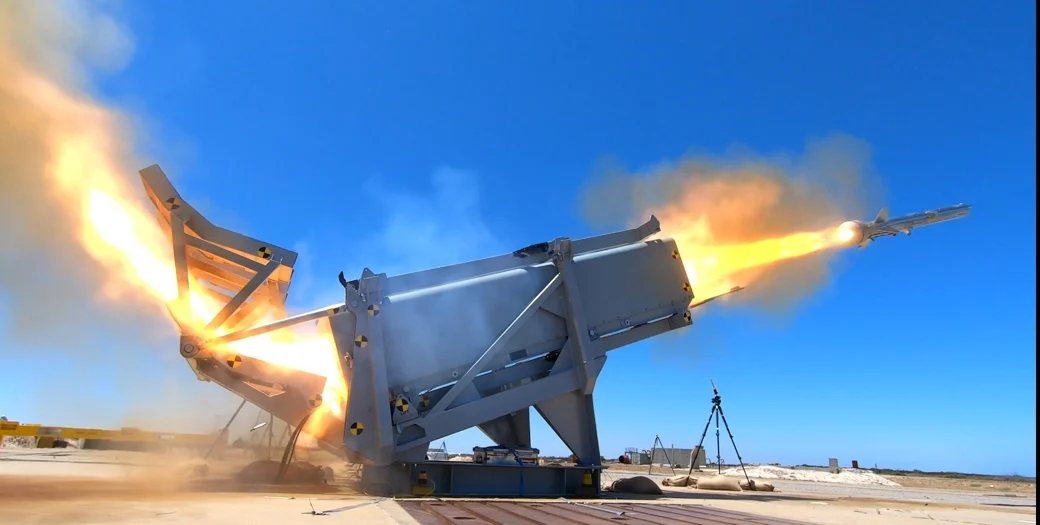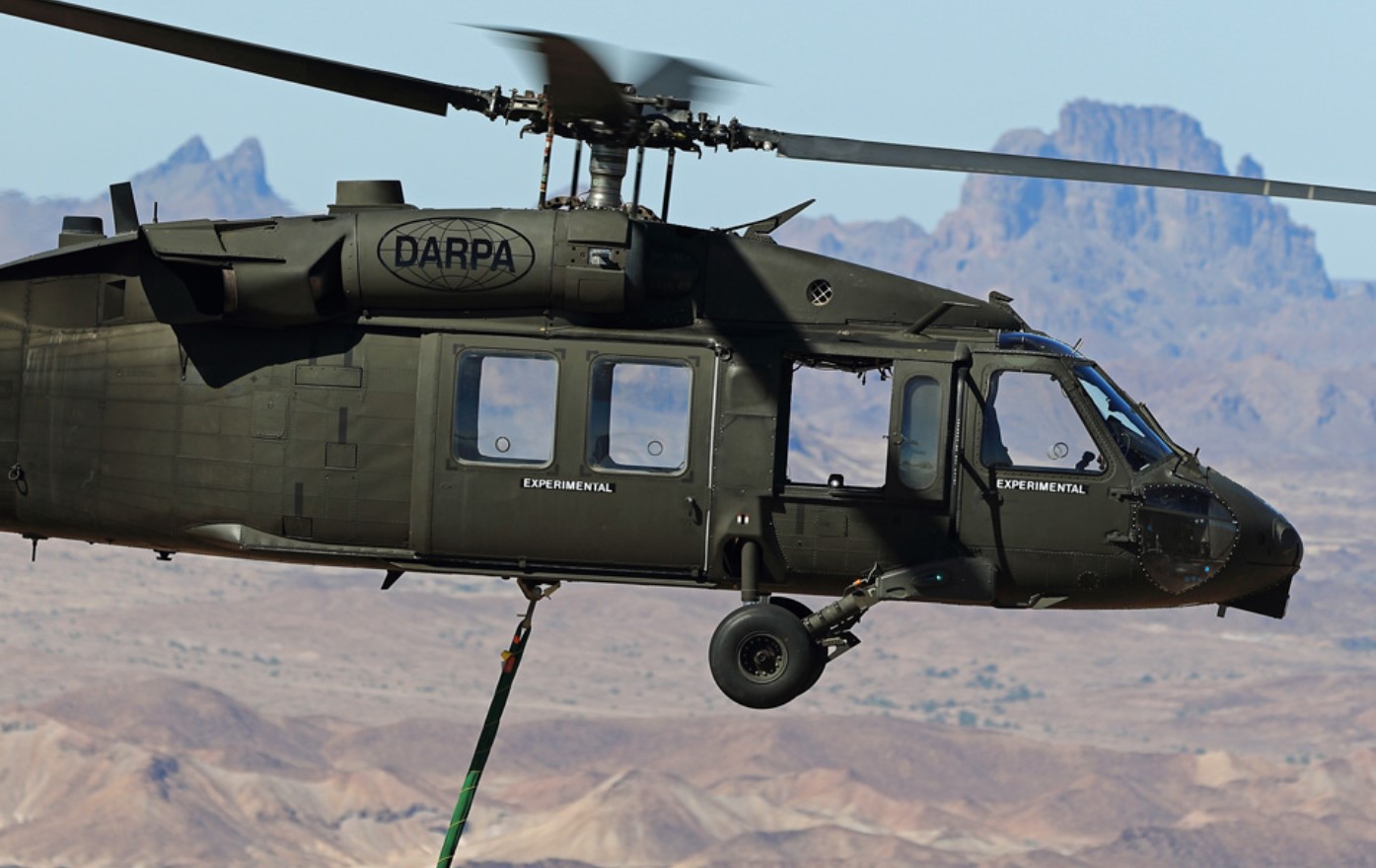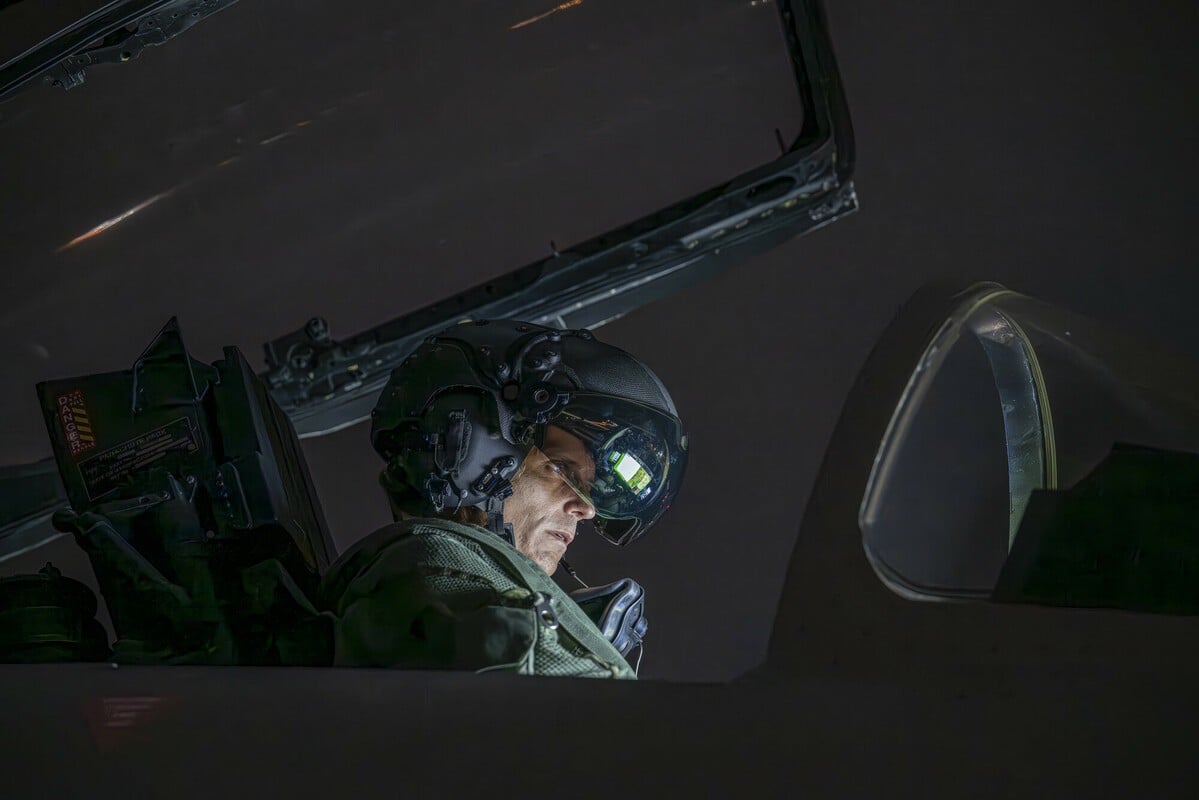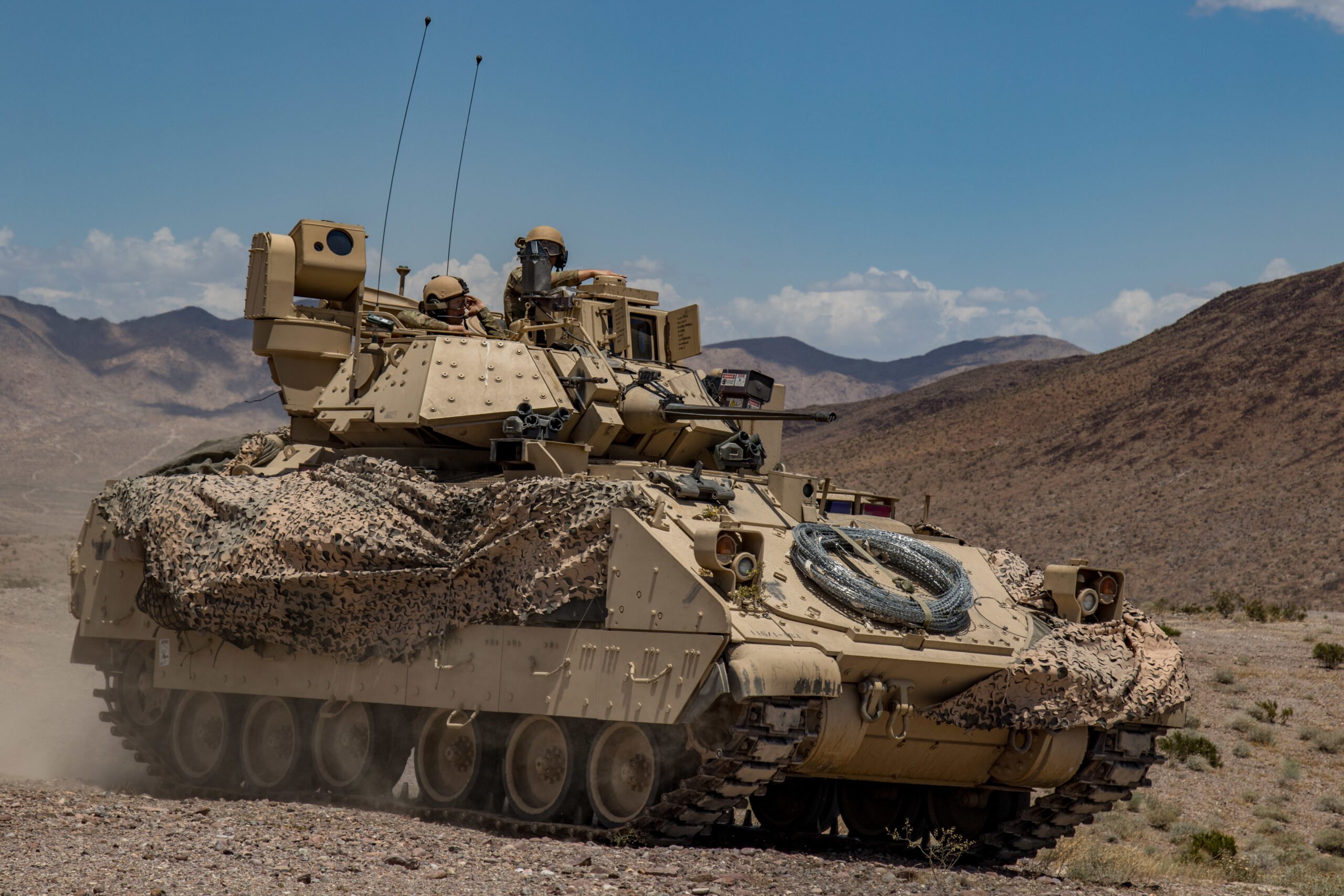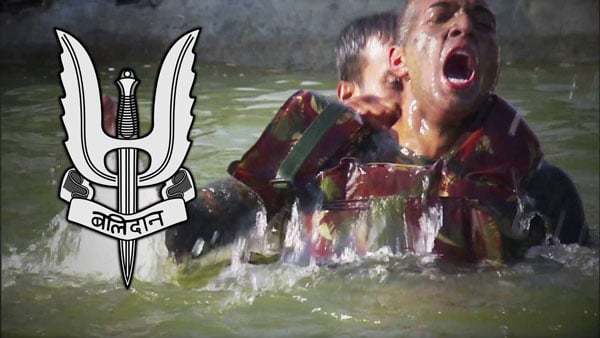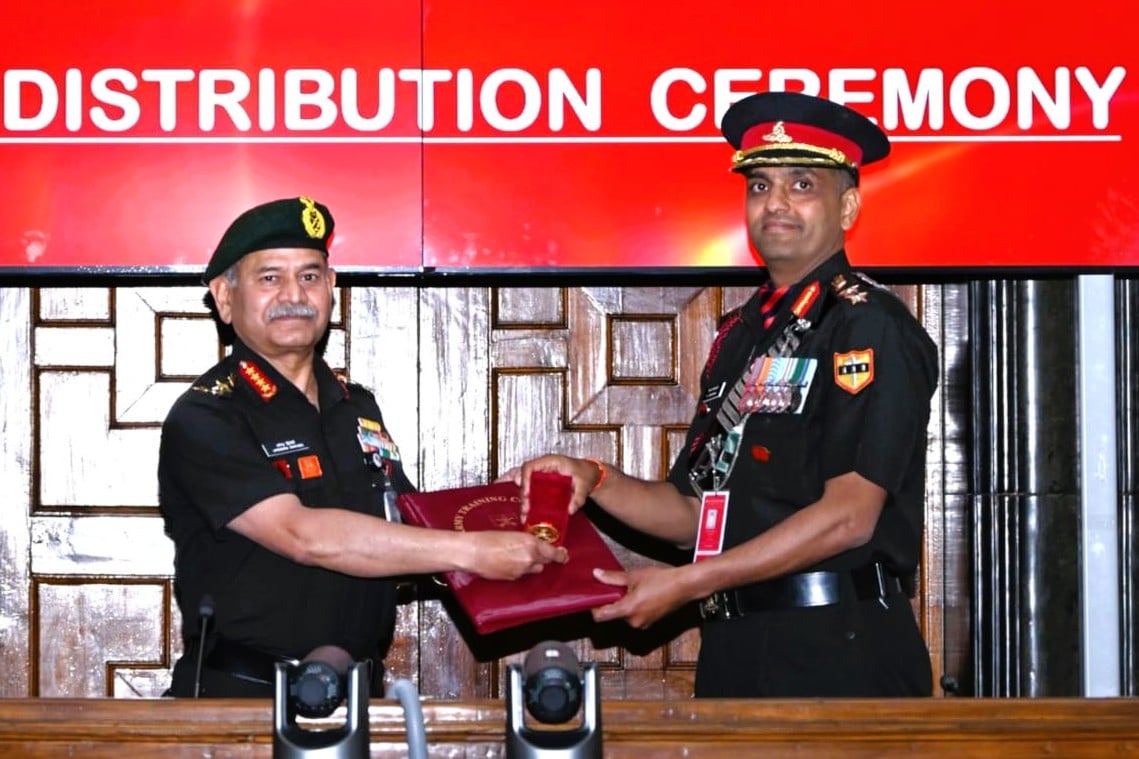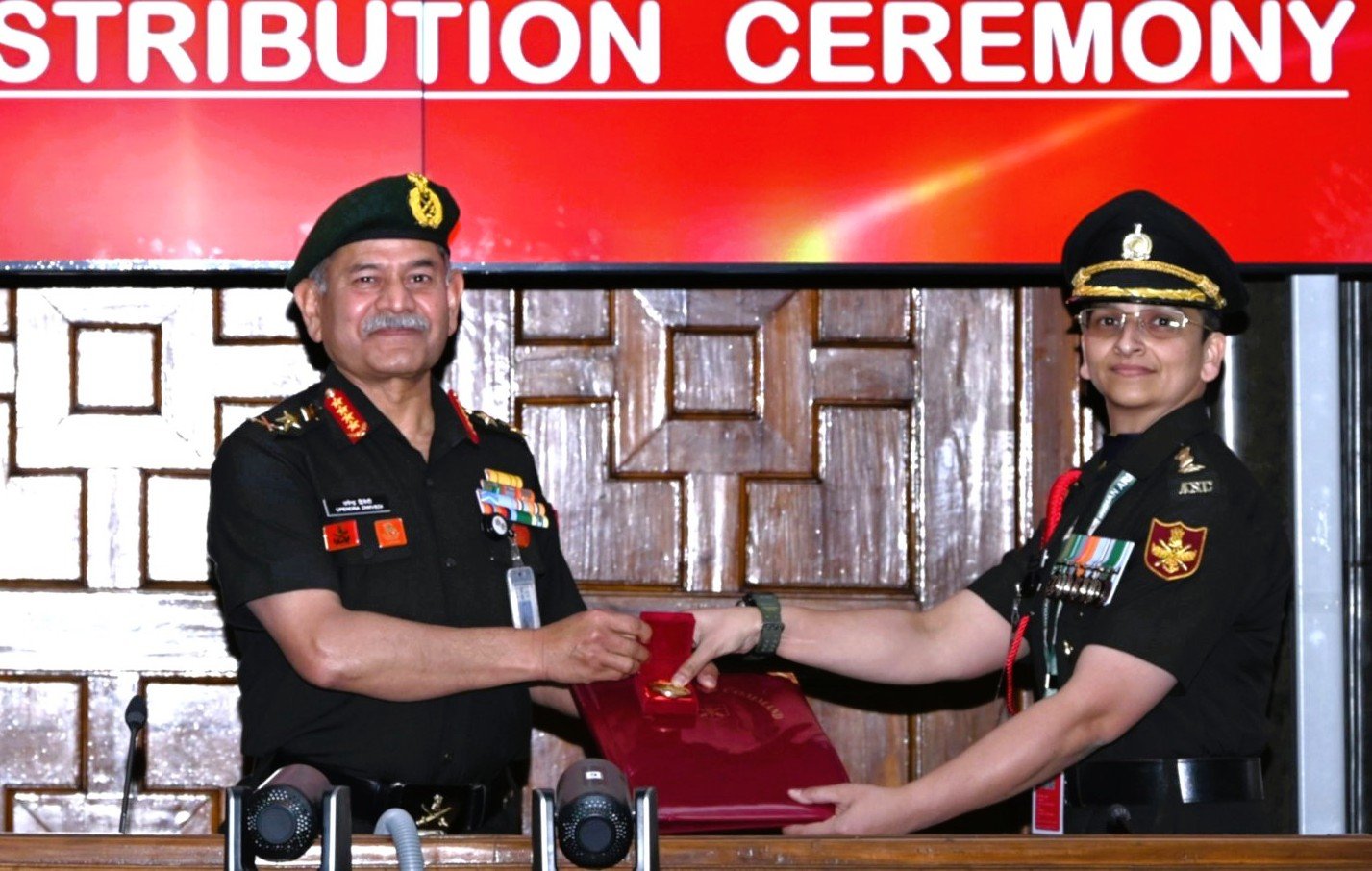Massive U.S. airstrikes against Islamic State militants in Syria were conducted over the weekend, sending a clear message to the group amidst the upheaval following the recent overthrow of President Bashar Assad’s regime. Pentagon spokeswoman Sabrina Singh emphasized that the intent of these strikes was to prevent IS from exploiting the resulting chaos and filling the leadership vacuum in the country. On Sunday, U.S. forces targeted approximately 75 Islamic State positions scattered across the Syrian desert.
With a military presence in Syria for the past decade, the U.S. has been actively engaging in efforts to combat the Islamic State. The Pentagon remains vigilant, as concerns grow over a potential resurgence of the militant group in light of the ongoing unrest. Secretary of State Antony Blinken noted that the Islamic State may seek to reestablish its foothold during this turbulent period, asserting the U.S. resolve to counter such efforts through precision strikes.
Currently, around 900 U.S. troops are stationed in Syria, alongside an undisclosed number of contractors. These forces are primarily based in the northern and eastern parts of the country, with additional personnel located at the al-Tanf garrison near the borders of Iraq and Jordan. Special operations forces also enhance the U.S. military footprint, though they are often deployed in smaller, temporary teams.
The rise of the Islamic State in 2014 saw them gain control over large territories in Iraq and Syria, leading to the establishment of a self-proclaimed caliphate. A coalition led by the U.S. successfully dismantled the caliphate in Iraq by 2017 and subsequently defeated its remnants in Syria by 2019. However, thousands of IS fighters remain in Syria, with estimates suggesting that around 10,000 are held in detention facilities run by the Kurdish-led Syrian Democratic Forces (SDF).
In recent months, the activity of IS militants has escalated, leading to various attacks against U.S. and Kurdish troops. Compounding this threat is the complex geopolitical landscape in Syria, where Russian and Iranian interests also play significant roles. Russia maintains a naval base in northern Syria, and despite a decrease in troop presence since the Ukraine conflict, the U.S. employs communication channels with Moscow to prevent misunderstandings in the field. Iranian influence, particularly in facilitating the transit of weapons to Hezbollah in Lebanon, poses additional challenges, especially around strategic locations like the al-Tanf garrison, which serves as a critical juncture for Iranian operations extending towards Israel.
As for the U.S. airstrikes, they reflect a sustained commitment to counter IS threats amid ongoing regional instability. These strikes targeted IS camps and facilities, utilizing advanced military aircraft, including B-52 bombers and A-10 attack planes. Singh confirmed the extensive nature of these operations and highlighted their strategic intent.
The Biden administration seeks to clarify that America’s involvement in Syria is not aimed at influencing internal conflicts but remains focused on thwarting terrorist ambitions and neutralizing Iranian-backed militia groups. Analysts worry that the continued volatility could breed more terrorism, with former U.S. officials expressing concerns about the implications of IS remnants on broader regional security, especially concerning Europe.
An emerging challenge lies in the political landscape following Assad’s retreat. The opposition forces advancing in Damascus are largely represented by Hayat Tahrir al-Sham (HTS), formerly affiliated with al-Qaida and now classified as a terrorist organization by both the U.S. and the U.N. While HTS claims to promote a more moderate agenda, U.S. officials are taking a cautious approach toward their evolution and intentions.
Moving forward, U.S. engagement with Syrian opposition groups will remain critical, with efforts to ensure coordination through diplomatic channels, including potential dialogues at the United Nations. However, direct communication with HTS is currently not established, reflecting the complexities of the situation on the ground as the region continues to navigate a period of uncertainty and potential upheaval.

